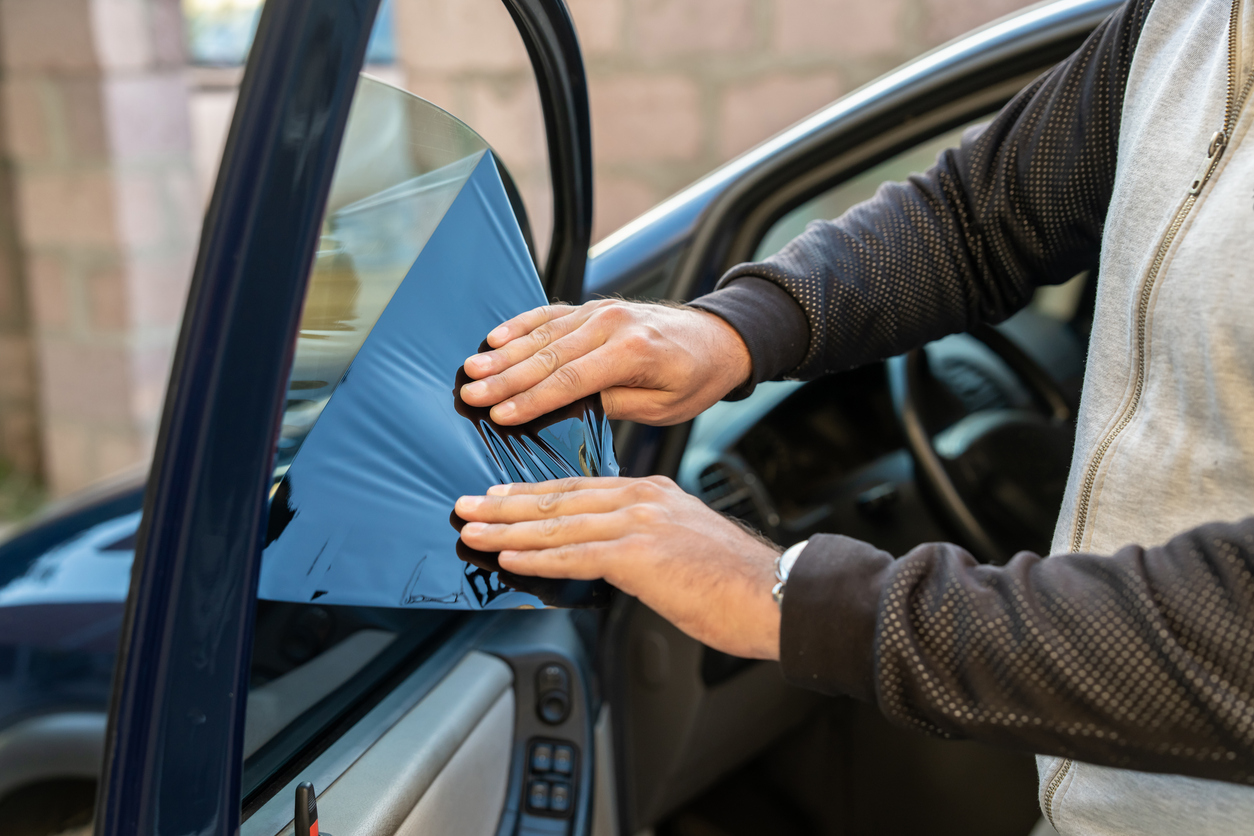Windows have long been a crucial element in both vehicle residential window tinting and architectural design, serving as portals that allow natural light to filter through while offering a view of the outside world. However, advancements in technology have introduced an innovative solution to improve privacy, increase energy efficiency, and enhance overall comfort and safety—tinted windows.
Tinted windows involve applying a thin film to glass surfaces, modifying their transparency and altering the amount of light and heat passing through them. This film is composed of a polyester base layer, infused with various dyes and metallic particles, and adheres to the interior surface of the window. The degree of tint can vary, ranging from light, almost transparent films to darker shades that significantly reduce visible light transmission.
One of the primary advantages of tinted windows is their ability to mitigate the effects of sunlight. The films used in tinting are designed to block harmful UV rays, reducing the risk of skin damage and minimizing fading or discoloration of interior furnishings, whether in a vehicle or a building. Additionally, these films can significantly decrease the amount of heat entering a space, resulting in more comfortable interiors by reducing glare and maintaining cooler temperatures, thus lessening reliance on air conditioning systems and improving energy efficiency.
In the realm of automotive applications, tinted windows provide increased privacy and security for passengers and belongings. The darker films obscure the view into the vehicle, safeguarding against potential thefts by deterring prying eyes. Moreover, tinted windows can enhance driving comfort by reducing glare, allowing for better visibility, and decreasing eye strain caused by excessive sunlight.
